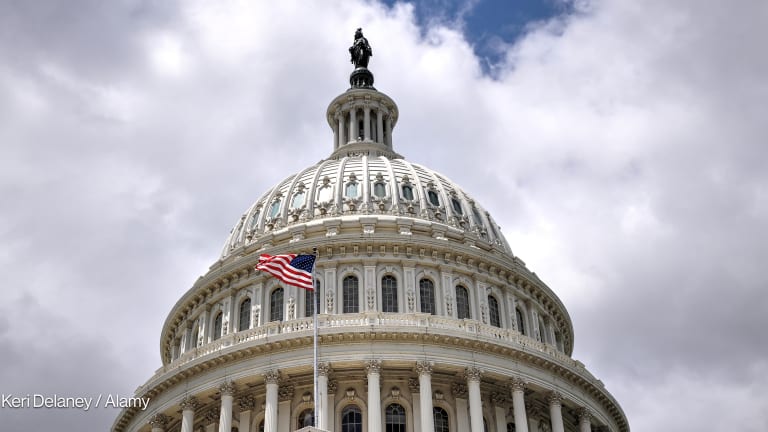
The U.S. House of Representatives’ Appropriations Committee released its foreign affairs budget bill Tuesday, allocating about $64.6 billion for fiscal year 2023. That is a 15% increase from the previous year.
Global health, humanitarian assistance, and climate — largely through an allocation to the Green Climate Fund — all see significant increases.
The US foreign affairs budget and what comes next
The U.S. foreign affairs budget was raised by only about 1% when the final budget bill was approved, in a disappointing blow to advocates. Here's a look at where the money goes and how advocates are moving forward.
While the top-line number is sure to please development advocates, the final figure may end up being far lower once the appropriations process is completed. Last year, the House proposed a roughly 12% increase in the foreign affairs budget, but the final bill — passed after numerous delays and much partisan back and forth — only included a minimal 1% increase for those accounts.
The legislation also has a number of policy provisions, including some that failed to make it into the final version of last year’s funding bill.
Here’s a look at what the bill includes:
Top-line numbers
• Global health and pandemic prevention. Almost $11 billion, including about $1 billion for global health security, $2 billion for the Global Fund to Fight AIDS, Tuberculosis and Malaria, and about $4.6 billion for the U.S. Agency for International Development’s global health programs, as well as some $4.4 billion for State Department global health programs, not including the Global Fund contribution.
• Humanitarian assistance. Nearly $8.1 billion across various accounts at USAID and the State Department, including about $4.4 billion for the international disaster assistance account at USAID. The total is up more than $1 billion from fiscal year 2022 levels.
• Climate funding. $1.6 billion for bilateral assistance and $1.6 billion for the Green Climate Fund, which has not received funding in recent years.
• USAID. $1.7 billion in operating expenses, nearly $4.8 billion for the development assistance account, and $1.2 billion for food security and agricultural development programs.
• International institutions. The World Bank’s International Development Association will get over $1.4 billion, with the International Bank for Reconstruction and Development getting $206.5 million. Nearly $1.7 billion will go to international organizations, primarily the United Nations, with an additional $1.8 billion to international peacekeeping. The International Monetary Fund’s Poverty Reduction and Growth Trust or Resilience and Sustainability Trust will get $20 million.
• Indo-Pacific and countering China. $1.7 billion to implement the Indo-Pacific strategy, with $350 million for the Countering PRC Influence Fund and at least $40 million for the Pacific islands.
• Countering Russia. $300 million to the Countering Russian Influence Fund.
• Debt. $52 million for the costs of modifying loans and loan guarantees to countries facing debt restructuring under the so-called Common Framework for Debt Treatments beyond the DSSI, an agreement under the G-20 group of nations.
• Millennium Challenge Corporation. $915 million for MCC.
• U.S. International Development Finance Corporation. $813 million for DFC, including $220 million for administrative expenses.
• Peace Corps. $430.5 million for the Peace Corps.
Proposed policy changes
• Removing the so-called Helms amendment, which bars the use of foreign assistance funds to pay for abortion.
• Repealing the Mexico City Policy, which prohibits foreign NGOs that receive U.S. global health funding from engaging in abortion-related activities, including counseling or education.
• The Lautenberg amendment, which protects refugee eligibility for historically persecuted religious minorities.
• Afghan special immigrant visa program authority, which directs the secretary of state to expedite adjudication of SIV cases.
• Diversity and inclusion guidance and authority for the State Department and USAID to increase diversity and inclusion of the workforce.
• A Treasury Department directive telling the Treasury secretary to promote standards and safeguards for vulnerable groups and gender equality at international financial institutions.
Update, June 23, 2022: This article has been updated to clarify that the final figure for the budget bill may end up being lower once the appropriations process is completed.








